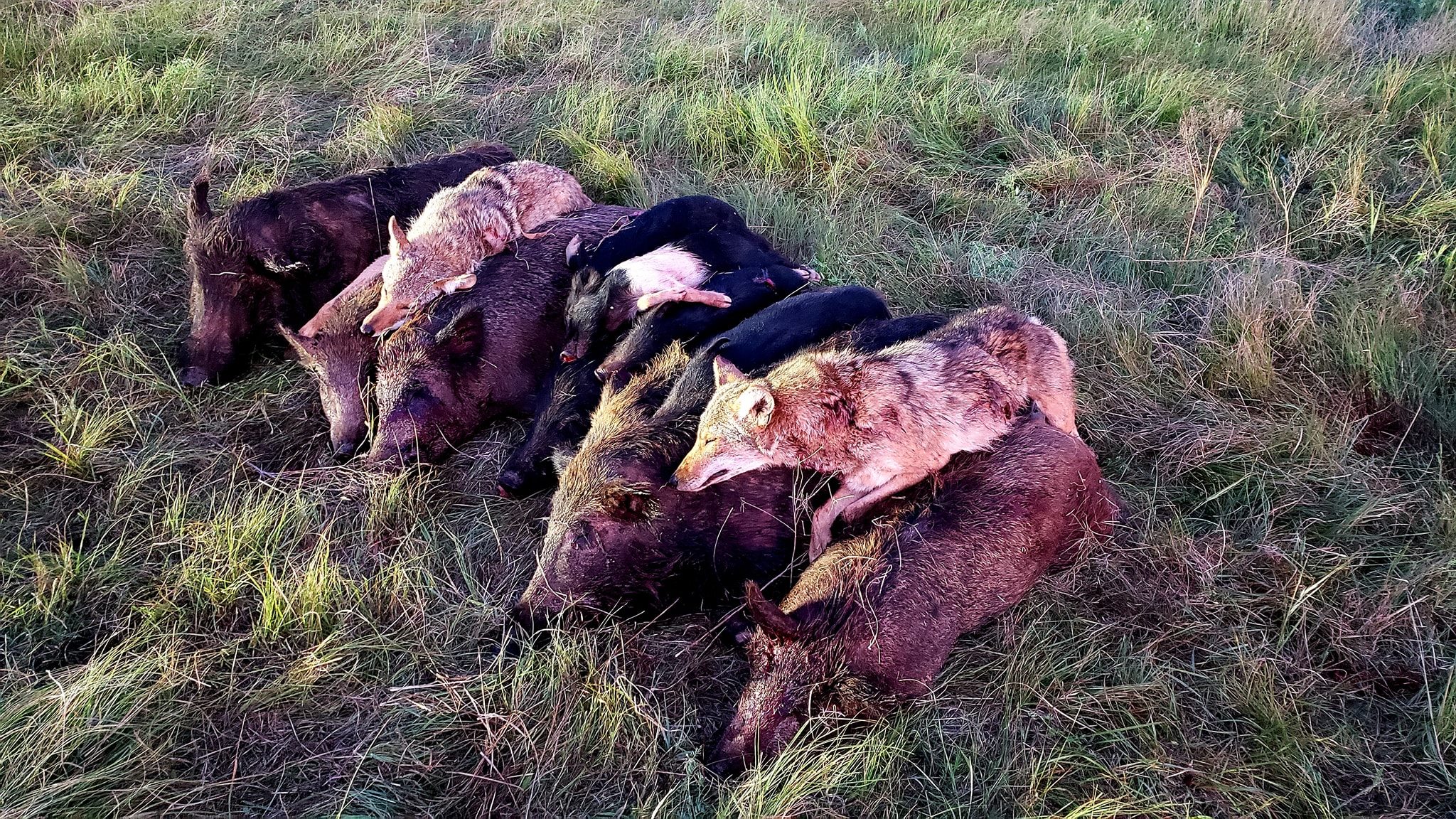As turkey seasons open and deer hunting fades into memory, spring offers a prime—but often overlooked—opportunity: predator hunting. Coyotes and bobcats are on the move, responding to seasonal changes, breeding behavior, and the abundance of new prey. For hunters looking to stay sharp, manage predator populations, or just enjoy a high-adrenaline challenge, spring predator hunting can be some of the most exciting action you’ll get all year.
In this guide, we’ll break down what makes spring a prime time for predator hunting, how to target coyotes and bobcats specifically, and which calls and tactics work best when the leaves are starting to green.
Why Hunt Predators in Spring?
Spring predator hunting isn’t just about the thrill (though there’s plenty of that)—it also plays an important role in wildlife management.
🦃 Fawn & Poult Protection
Coyotes and bobcats are skilled predators of young deer, turkey poults, and nesting birds. Taking out a few during spring can give other game animals a better shot at survival come summer.
🌱 More Movement = More Opportunity
With milder temperatures, coyotes and bobcats become more active throughout the day, not just at night. That means more daylight shooting opportunities.
🐾 Denning and Dispersal
Coyotes begin denning in the spring. Younger coyotes often disperse during this time, making them easier to call in. Bobcats also cover more ground while hunting for food or mates, especially where rabbit populations are booming.
Top Targets: Coyotes & Bobcats
Coyotes
Cunning, adaptable, and territorial—spring coyotes can be very responsive to the right call and setup. They tend to work solo or in pairs during this season and will often be focused on defending territory near dens.
Best Time to Hunt: Early morning and late afternoon
Key Signs: Tracks, scat, distant howls, and turkey distress
Bobcats
Bobcats are stealthy and incredibly patient. Calling one in can take more time, but the reward is well worth it. They’re more active during daylight in spring and often hunt near thick cover or rocky terrain.
Best Time to Hunt: Mid-morning to early afternoon
Key Signs: Silent stalking, scat near ledges or game trails, and fresh kill remains
Best Calls for Spring Predator Hunting
Choosing the right call for the right predator is key in spring. Here’s a breakdown of go-to sounds and when to use them:
🔊 For Coyotes:
- Challenge Howls: Effective for territorial responses near denning areas. Use sparingly.
- Yipping Pup Distress: Imitates vulnerable pups—can draw aggressive adults.
- Cottontail or Jackrabbit Distress: A classic, especially if you’re in open fields or desert terrain.
Pro Tip: Start soft and work up. Loud howling too early can shut things down fast.
🔊 For Bobcats:
- Bird Distress (Woodpecker or Blue Jay): Higher-pitched sounds seem to really trigger curiosity.
- Rodent Squeaks: Excellent for close-quarters wooded setups.
- Fawn Bleats: Great if you’re overlapping into deer territory—bobcats will come in slow but focused.
Pro Tip: Bobcats often sneak in quietly and may take 30–45 minutes. Stay patient and scan carefully.
Tactics That Work in Spring
🎯 Play the Wind
Predators live and die by their noses. Always set up with the wind in your face or crossing lightly. Coyotes especially will circle downwind before committing.
🌿 Concealment Is Key
Spring greenery can help—but it can also hinder visibility. Choose a setup that allows a wide field of view and offers cover behind and around you. Use natural brush, camo netting, or a pop-up blind.
🧭 Call Less, Watch More
Overcalling is a common mistake. Call for 30–60 seconds, then observe silently for several minutes. Movement is often more subtle in spring as predators become cautious.
🚶♂️ Cover Ground
Don’t overhunt one area. If nothing responds in 20–30 minutes, move at least half a mile to a new location. Spring predators roam, and being mobile increases your odds.
Gear Checklist for Spring Predator Hunts
- Electronic call with remote (FoxPro, ICOtec, Primos)
- Rifle with quality optics (bolt-action .223, .22-250, or AR-platform)
- Shooting sticks or bipod
- Decoy (a small rabbit or coyote decoy can increase commitment)
- Binoculars or spotting scope
- Camo for spring foliage (greens, tans, and light browns)
- Wind checker or talc bottle
- Tick and bug repellent—spring bugs don’t play around!
Legal Notes & Conservation Ethics
Before heading out, check your state’s spring predator hunting regulations. Many states allow year-round coyote hunting, but bobcats might require tags or have season limits. Some regions prohibit electronic calls for certain species or restrict use on public land.
Always respect the balance of the ecosystem. The goal of predator control is responsible management, not eradication.
Final Thoughts: A Hunter’s Season Never Ends
Spring isn’t just for fishing, turkey calling, or gardening. It’s a golden opportunity to sharpen your skills, protect your local game populations, and experience a new kind of hunt.
Whether you’re chasing a cagey coyote at daybreak or waiting out a bobcat slinking through the brush, predator hunting in the spring is high-stakes, fast-paced, and incredibly rewarding. Gear up, call smart, and stay alert—the woods are never silent when predators are listening.


